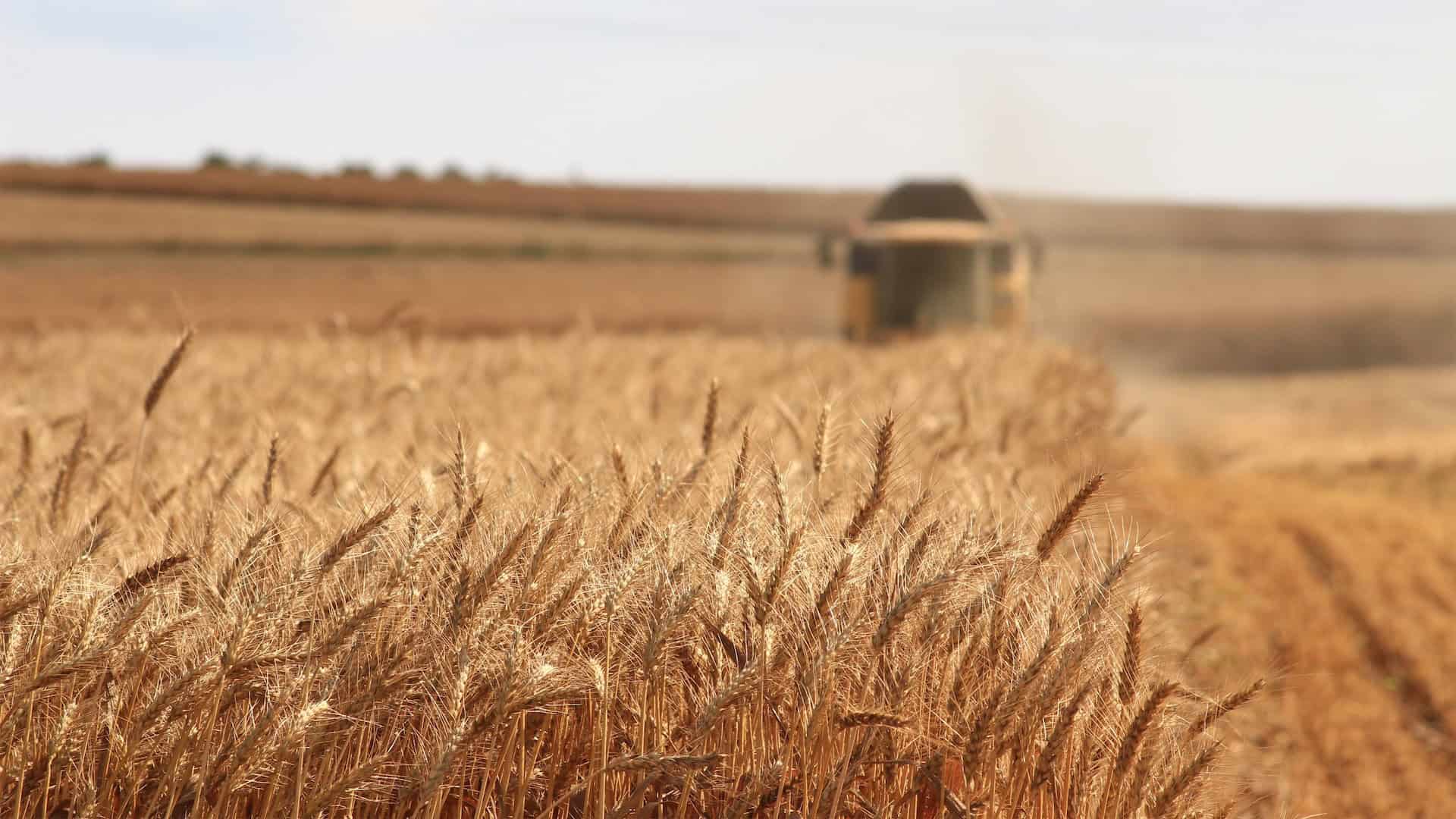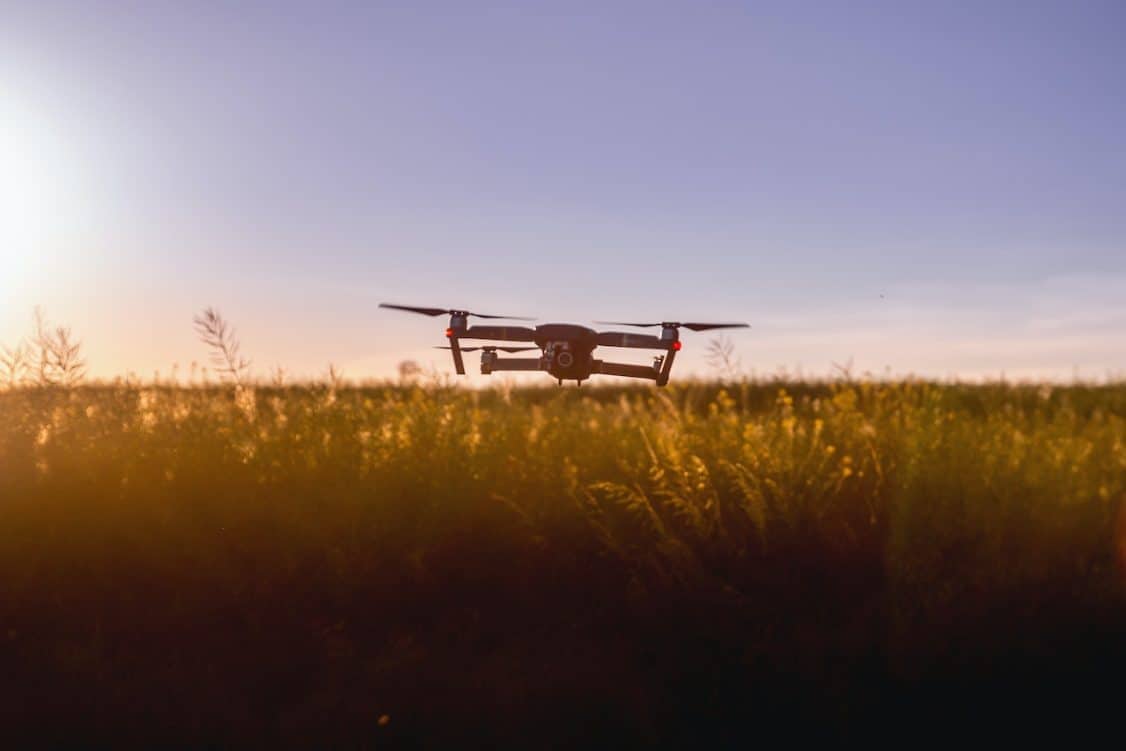
17 Apr How to Develop Software for Connected Farming
As the agriculture industry continues to evolve, farmers are adopting new technologies to increase productivity and efficiency. Connected farming is one such technology that involves the use of IoT devices, sensors, and software to monitor crops and livestock, automate tasks, and improve decision-making. Developing software for connected farming requires specialized skills and knowledge. In this article, we will discuss the steps involved in developing software for connected farming, providing valuable insights for those looking to enter this growing field.
Understanding Connected Farming
Connected farming is an innovative approach to agriculture that encompasses such technologies as spraying technology and the use of IoT devices and sensors to collect data on environmental factors such as soil moisture, temperature, and humidity. This data is analyzed to make informed decisions about crop management, irrigation, fertilization, and other essential aspects of farming. In addition to sensor technology, connected farming also utilizes automation technologies such as drones and robots to perform tasks like planting, harvesting, and spraying.
Choosing the Right Platform
The selection of the appropriate platform is the first step in creating software for linked farming. There are many different platforms available, each with their own strengths and weaknesses. Popular options include Microsoft Azure, AWS IoT, and IBM Watson IoT. When selecting a platform, it is crucial to take into account aspects like cost, scalability, reliability, security, and security.
Designing the Architecture
After selecting a platform, the next step in developing software for connected farming is to design the software architecture. This involves identifying the different components that will be required, such as data storage, data processing, and user interface. Architecture should be flexible, scalable, and modular so that it can be easily adapted to changing needs.
Developing the Software
Once the architecture is designed, one can start writing code, do testing, and debugging. You can make sure that your Logitech software is dependable, safe, and performs as intended by adhering to best practices like version control, code documentation, and extensive testing. With careful development practices, you can create software that meets your farming operation’s specific needs, helping to increase efficiency and productivity.
Integrating with IoT Devices
Connected farming relies heavily on IoT devices such as sensors and drones. Therefore, your software must integrate with these devices seamlessly. This involves working with hardware vendors and ensuring that your software can communicate with the devices using standard protocols such as MQTT. Integration will provide you with valuable insights into the performance of your farming operation, enabling you to make informed decisions about crop management, irrigation, and other essential aspects of farming.

Implementing Data Analytics
Data analytics is a critical component of connected farming. By analyzing data from sensors and other IoT devices, farmers can make informed decisions about planting, irrigation, and other aspects of farming. Therefore, it is essential to implement robust data analytics capabilities in your software. This involves leveraging machine learning algorithms and other techniques to analyze data in real-time, enabling farmers to identify patterns and make informed decisions about their farming operations.
Ensuring Security and Privacy
Connected farming involves the collection of sensitive data such as crop yields, soil moisture levels, and weather data. Therefore, it is important to ensure that your software is secure and protects the privacy of farmers. This involves implementing strong encryption, access controls, and other security measures. With advanced security measures in place, farmers can benefit from connected farming technology, such as increased efficiency, optimized crop yields, and reduced costs.
Testing and Deployment
Thoroughly testing your software is a crucial step in ensuring that it operates as intended for connected farming. Once your software is developed, it is important to test it thoroughly to ensure that it works as intended. This process involves conducting unit tests, integration tests, and other forms of testing to identify any issues. Once testing is complete, the software can be deployed to production.
Providing Support and Maintenance
Finally, it is important to provide ongoing support and maintenance for your software to ensure it continues to function optimally. By regularly checking for issues and providing support to users, you can quickly address any problems that arise and ensure that your software remains reliable and effective. Conducting regular updates also ensures that your software stays up-to-date with the latest technologies, features, and security measures.
To conclude
Developing software for connected farming is a complex process that requires specialized expertise. By understanding the principles of connected farming, choosing the right platform, designing a flexible architecture, integrating with IoT devices, implementing data analytics, ensuring security and privacy, testing and deploying, and providing ongoing support and maintenance, you can create software that helps farmers increase productivity and efficiency.


